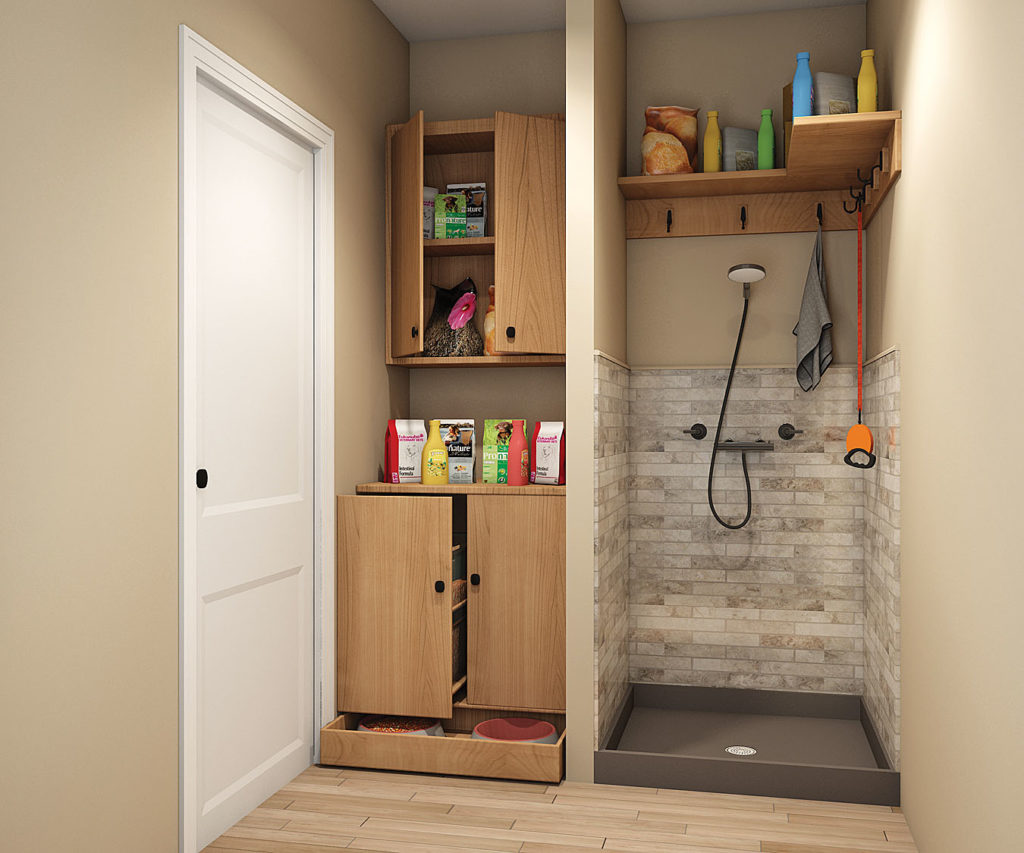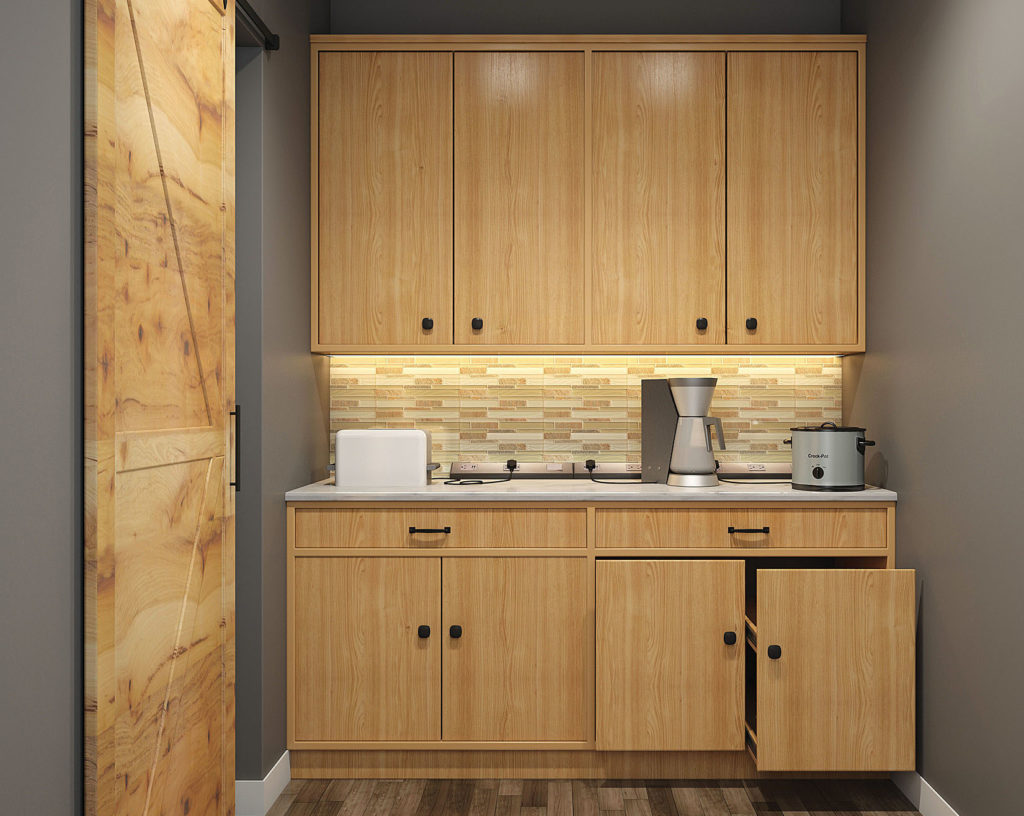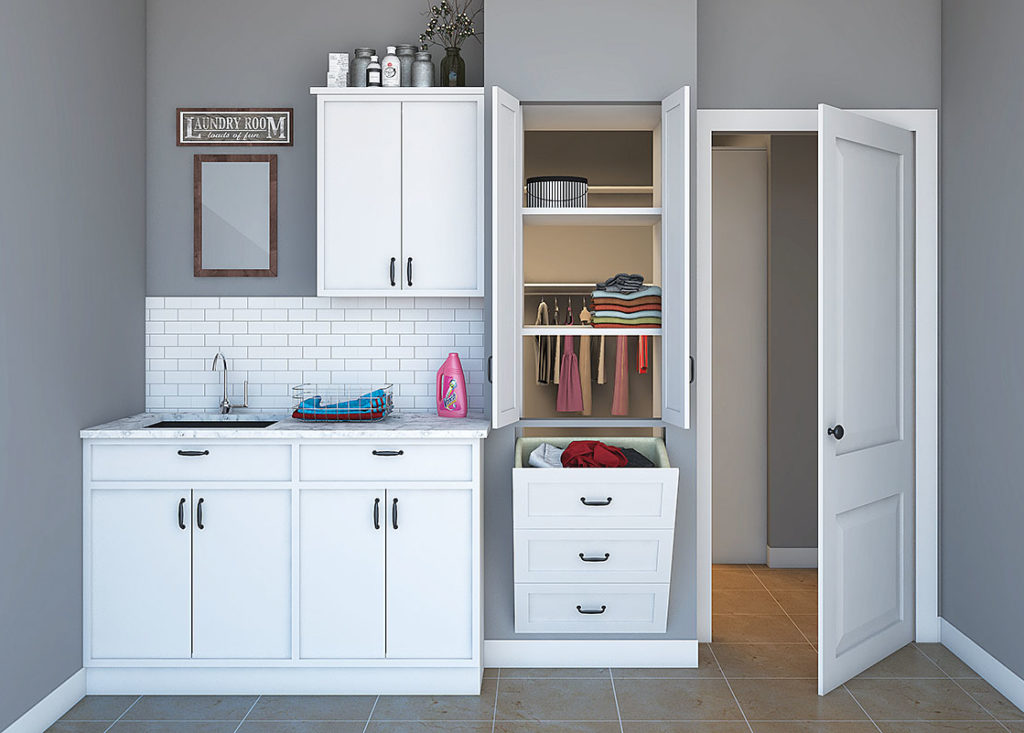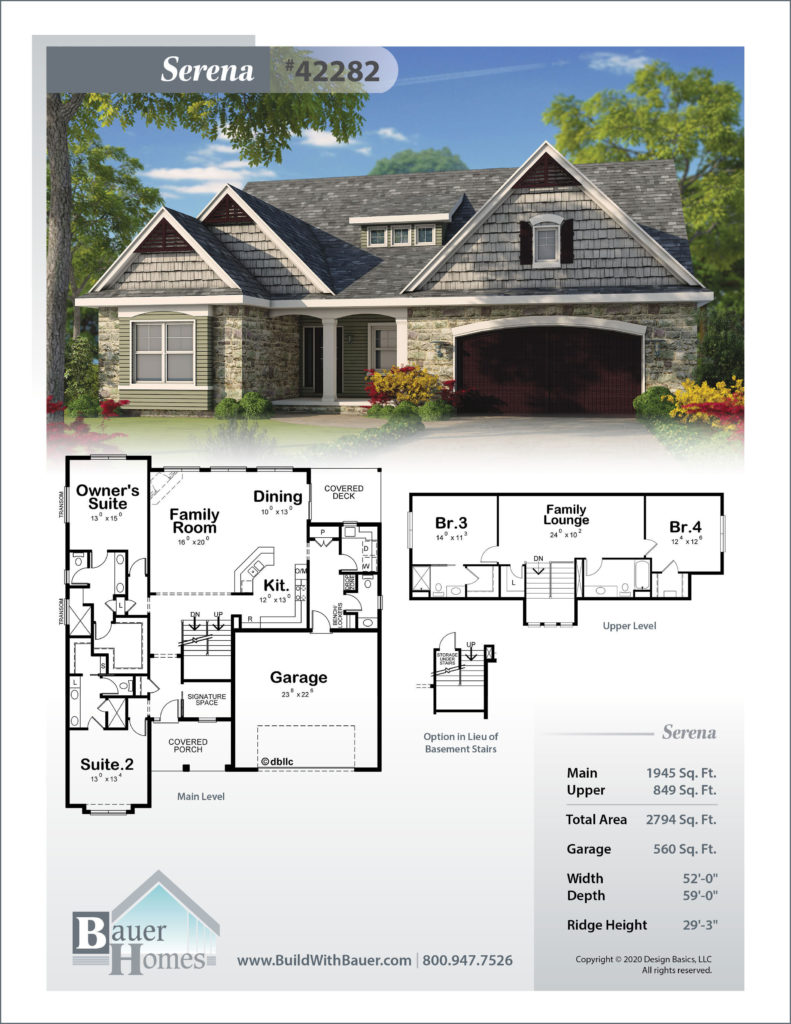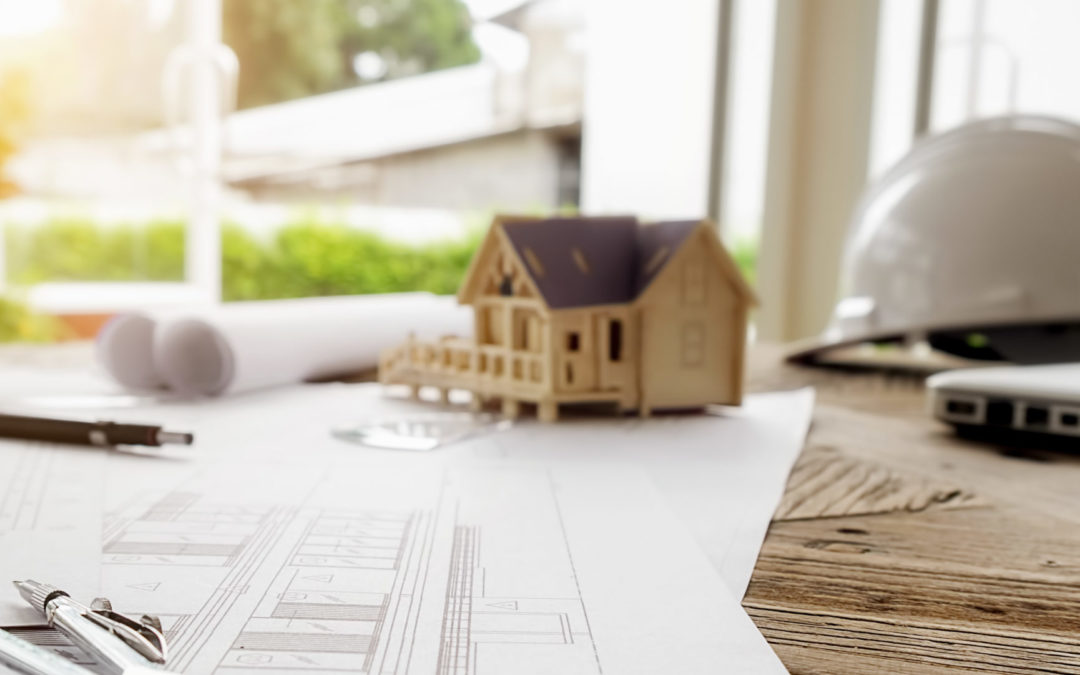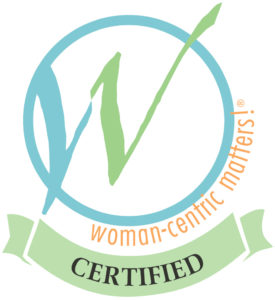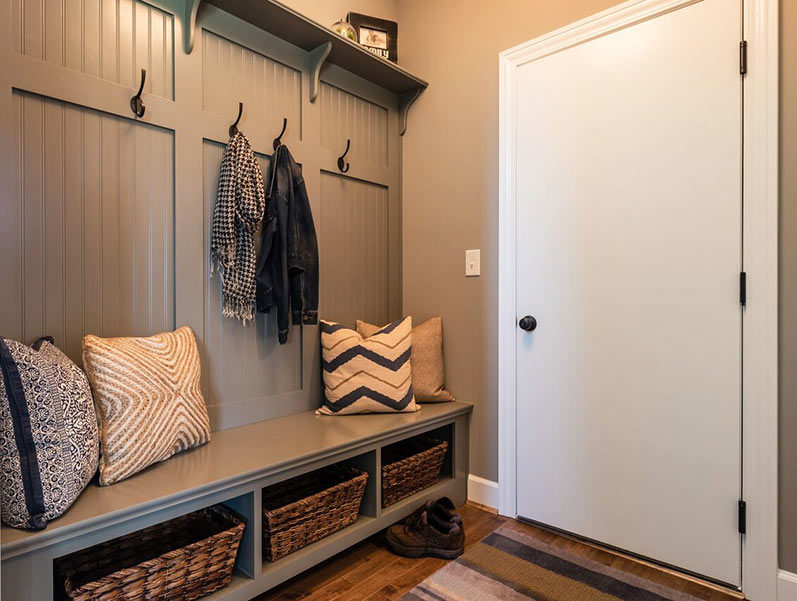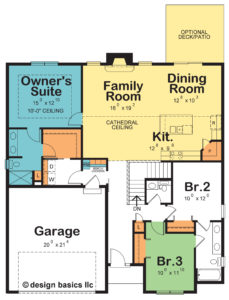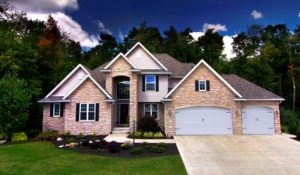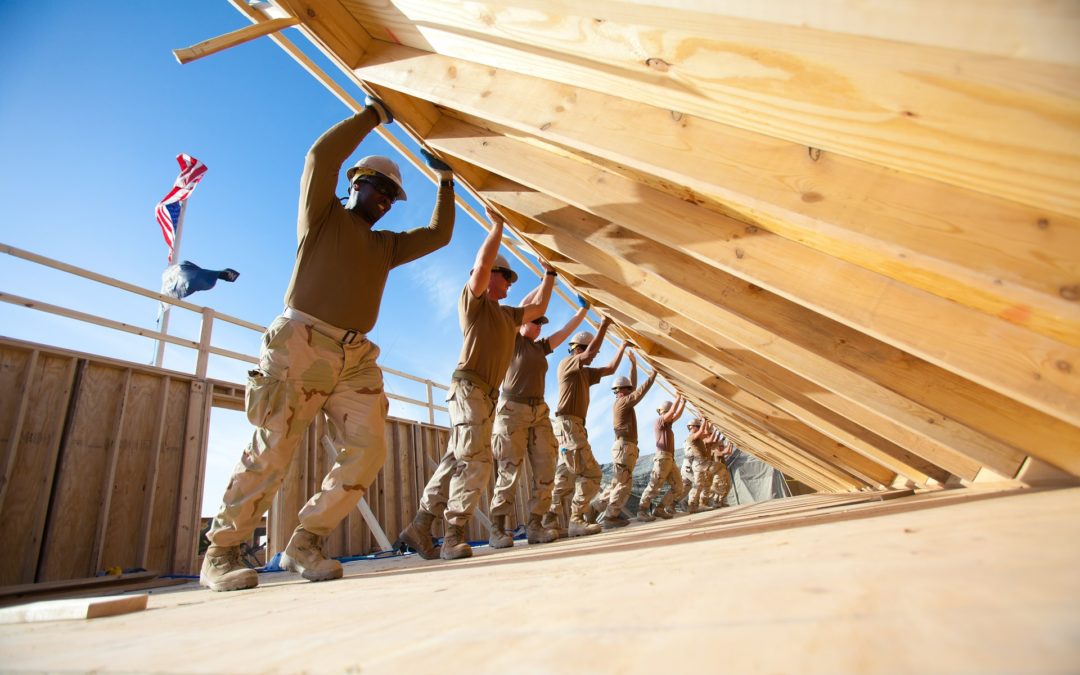
Risk Management Solutions – From Your Home Plan Designer?
Yes! Just as you take out an insurance policy on the homes you build to minimize risk, here’s how working with Design Basics, LLC, for your home plan needs can help minimize your risks and uncertainty.
It is expensive and time consuming coming up with new home plans. Recruiting and retaining top-notch design staff is difficult, as is keeping up with seasonal demand for design services. Design Basics helps you minimize these costs and risks by providing great home design services, quickly, at a competitive price.
$1,000 or more is a lot of money for a house plan when I do not know if the home will come in at the cost I need. Design Basics offers Study Sets – the complete set of home plans for estimating purposes (not for construction) at a discounted price, and the price paid for Study Sets is applied to the cost of licensing the plan for construction. And, with our Builder-Centric℠ Preferred Builder Program, you can get up to five (5) different plans per year as Study Sets for just $100* each!
 I can probably get the plans cheaper elsewhere. Our LOW PRICE GUARANTEE means that if you find a better price elsewhere, we will match it. And working directly with Design Basics means the quickest response and most accurate answers to any questions you might have.
I can probably get the plans cheaper elsewhere. Our LOW PRICE GUARANTEE means that if you find a better price elsewhere, we will match it. And working directly with Design Basics means the quickest response and most accurate answers to any questions you might have.
What if, for some reason, I cannot use the home plans I purchased from Design Basics? When you purchase home plans directly from Design Basics, you may exchange the home plan* you licensed to build for a different home plan* one time at no charge (other than any incremental increase in plan price of the second plan) at any time within six months of the original home plan purchase.
Any delay in receiving home plans means risking losing a potential client. You can receive most plans ordered the same business day via email, though certain upgrades such as an alternate foundation plan may take up to three (3) business days.
How do I know that I am getting a quality home plan? Design Basics has focused on serving home building professionals and designing homes since 1983. Hundreds of thousands of homes have been built from the plans we offer. And several of America’s “hottest” design trends were introduced by Design Basics! In addition, we are members of the American Institute of Building Designers and the National Association of Home Builders – further assurance of our expertise, professionalism, and commitment to the industry.
I found a home plan that might work…with changes. Your choice – our licensing allows you to modify the plan locally, or Design Basics can customize the plan for you. We have a proven customization process that is designed to please, and we provide no-cost estimates of both the fees and timeframe to complete the customization.
You have a nice design, but I need engineer-stamped (or architect-sealed) home plans in my area. Design Basics’ Dimensional Home Plans are the answer! Sent to you on CAD, these plans are drafted and dimensioned, but without the accompanying notes and structural information – ready for you, your engineer, or architect to finish per your specific needs.
Deciding what new plans to bring into our home portfolio is risky. Design Basics’ Concierge Service is designed to help you minimize such risks. We know what is selling in terms of home design. Based on your goals (e.g., affordability); restrictions (e.g., 40-foot maximum building widths); and target market (multi-generational households); we can specifically recommend designs that improve your odds of success. Upon request, we can even review your existing design portfolio to identify gaps and opportunities we feel could be better addressed through design to help you sell more homes.
The home plans I am using are fine. The cost of relying on the same old home designs may be more than you realize. Today’s new value-engineered plans may be less expensive to build while offering more of the amenities today’s buyers desire. Lost profits from missed sales and fewer resulting referrals can be very expensive.
What if I have questions or do not understand something regarding the home plans I purchased? Design Basics offers free technical support for all of our home plans. Just call with your questions and we will work through issues with you.
I want to see if a design gets traction in my market without paying $1,000 or more for the plan up front. Receive the rendered front elevation and black and white floor plan artwork in .jpg format, along with a Promotional License allowing you to use the artwork in your advertising and promotional efforts for just $25 for any of the home plans we offer. Importantly, the rendered presentation artwork is accurate to how the home was originally designed. Photographs can be beautiful and help bring the home to life, but may incorporate a degree of customization, potentially confusing buyers to expect their home will match the photo. Better yet, upgrade to a Customized Promotional Handout (sample shown at left) complete with your logo and contact information!
Reducing risk is Smart Business. Just as there are risks associated with introducing new home plans (time, expense, market reaction), there are parallel risks from doing nothing (higher construction costs, lost sales due to “dated” designs). Tap into our nationwide experience, creative problem solving, and design leadership while minimizing your risk. Contact Design Basics today!
*Applies to these designers only: Design Basics, Carmichael & Dame Designs, Plan Pros, Inc., and Scholz Design.
At Design Basics, we have the tools to help you stand out from other builders:
- Marketing Products & Services
- Builder-Centric℠ Program
- Woman-Centric Matters!® Program
- Thoughtful Design Amenities
- Builder Success Stories – learn how other builders are successful through home design, marketing, and sales!
Contact us today to learn more: 800.947.7526
